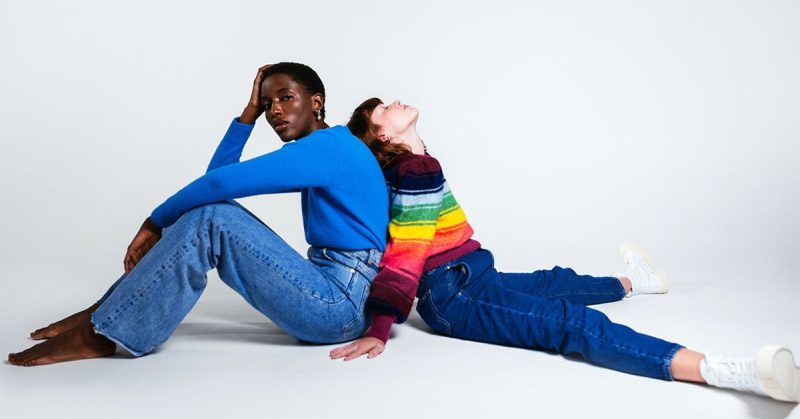Relationship Cycle Stages and Timeline Explained

From the intoxicating rush of early euphoria to the steady, enduring flame of committed love, get ready to decode the secret rhythm of relationships.
Relationships aren’t just about candlelit dinners and cozy sofa nights — they’re complex AF, filled with ups, downs, twists, and turns. From the first flush of love to the settled comfort of commitment, relationships have stages that evolve with time.
Each relationship phase serves a unique purpose, helping you learn more about each other, yourself, and the kind of relationship you want to build. Understanding the dynamics of these stages is crucial for any couple (or throuple!) aiming to develop a lasting bond.
Whether you’re in the throes of a new romance or navigating the challenges of a long-term commitment, continue reading to learn how to rock each phase like a pro.
From those “can’t eat, can’t sleep” early days to the “let’s build an empire” moments, each relationship stage is like a season of your fave drama binge. But, like any good drama, the plot thickens as time passes and things change. Here’s what to expect, month by month:
- Euphoric stage (6–12 months): Everything is fantastic. Your partner can do no wrong, and you’re in utter bliss!
- Early attachment stage (1–5 years): Roots start to grow, and you’re past just dating — you’re building a life together. Think less grand gestures, more love, comfort, and the occasional why-are-your-socks-on-the-floor moment.
- Crisis stage (5–7 years): Life throws you curveballs — kids, career changes, and the infamous ‘seven-year itch.’ It’s a test of your teamwork and commitment. Are you syncing or sinking in this make-it-or-break-it stage?
- Deep attachment stage (7+ years): You’ve hit solid ground! It’s about unconditional love and accepting that this is forever. You’re each other’s rock, and while the flame might not always burn as brightly as the early days, it’s warm, steady, and reliable.
Welcome to the love bubble, where everything about your significant other seems nothing short of magical. The positives overshadow any negatives, creating a blissfully skewed balance sheet of love. It lasts from about 6 months to 2 years for most peeps, but many folks say they are still madly in love even after 20 years together!
Research shows that during this stage, the prefrontal cortex, which is crucial for critically judging others, shows decreased activity. In other words, you’re less likely to focus on your partner’s faults and more likely to overlook their flaws.
Lurve also activates specific areas in the brain that are driven by goals and rewards. These areas are rich in dopamine and oxytocin receptors, chemicals that make you feel good and bonded to others. They encourage you to pursue and maintain a relationship because it feels rewarding and fulfilling.
If the euphoric stage is the wild, pulse-racing party of love, the early attachment stage is the cozy after-party where things get real comfortable. In the thrilling initial phase, your brain is doped up on dopamine, but as this initial buzz begins to mellow, a more sophisticated part of the brain starts to step up — the ventral pallidum.
Now, after the first year or so, deeper bonds are formed, helped along by attachment hormones like vasopressin and oxytocin, also fondly known as “the love hormone.” These hormones help transform the electric excitement of new love into a warm, enduring attachment.
Hold tight because the crisis stage hits around 5 to 7 years, and it’s a true test of your relationship’s resilience. This phase often feels like a rollercoaster, where life’s challenges can either pull you apart or push you closer together. Many couples experience a drift during this time, and how you handle it — either by addressing the issues head-on or continuing to drift — can define your future together.
Significant life events, like becoming parents, often occur during this stage and can intensify the pressure. These events can either strengthen your bond through shared responsibilities and mutual love or strain it to the breaking point. Successfully navigating this stage means moving beyond mere survival to fostering a deeper, more meaningful connection.
If you’ve made it this far, congrats, you’re in the deep attachment stage! Post-crisis, you’re looking at 7 years and beyond where you settle into that deep, comfy love. No more daily fireworks — now it’s about a slow-burning ember that warms the house.
You know each other inside and out, warts and all. It’s about unconditional support, knowing looks across crowded rooms, and being each other’s rock. Welcome to the good life!








